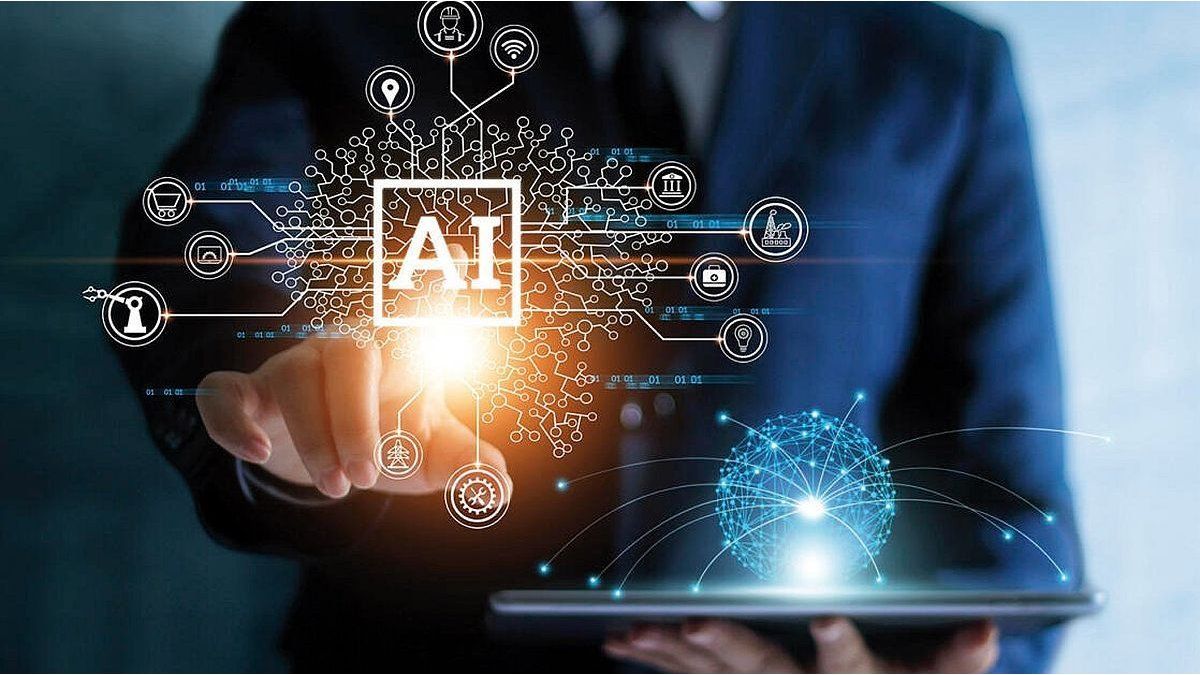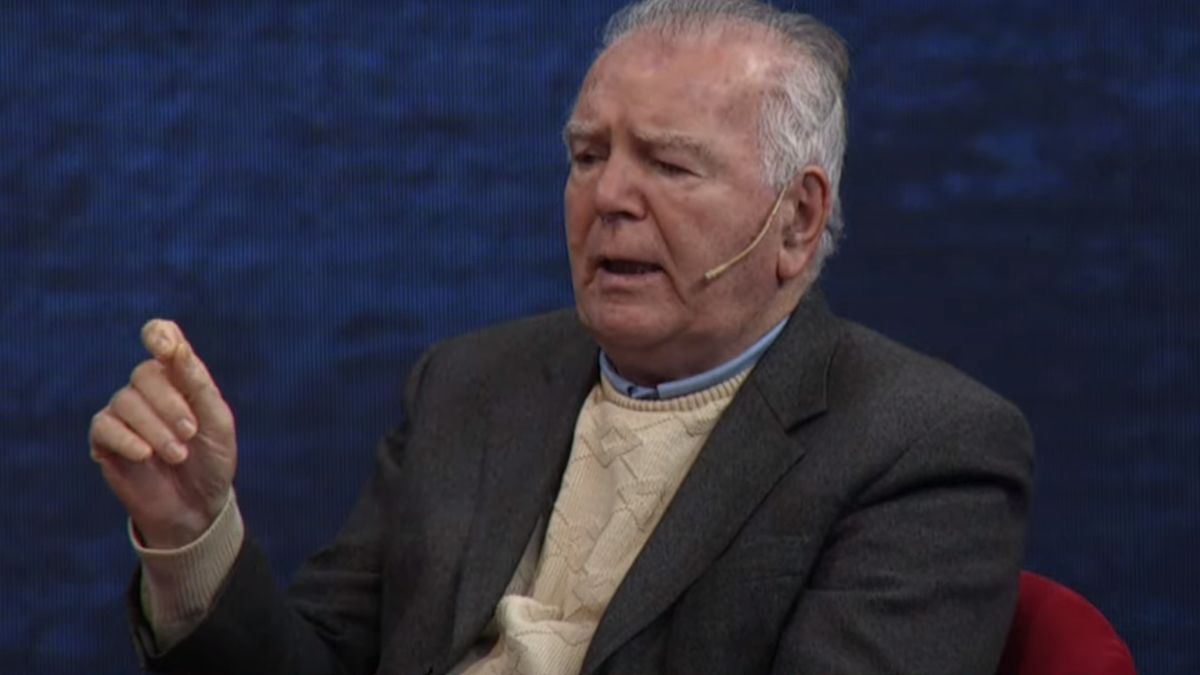At present, AI is presented as a fundamental tool to complement, not replace, in the workplace, and to transform the traditional dynamics between employers and dependents. The work lawyer and AI researcher in the workplace explores how this technology can work as a bridge that facilitates labor relations and these are more balanced and constructive.
In the current work context, where artificial automation and intelligence (AI) are redefining the panorama of employment and work in the world, it is essential to reflect on how these technologies can be used not only to improve efficiency and give it a more complement productive, but also for Balance relationships between employers and dependents.
The content you want to access is exclusive to subscribers.
The implementation of AI in Labor Justice arises as a promising solution to avoid the overuse, unnecessary, of labor judgments by creating a fluid and effective dialogue between both parties, with the proper articulation of the State in the approach of these.


The disparity in economic power, information, education and human training, including employers and dependents is evident in many labor relations. This inequality can lead to friction, clashes, disregards and, eventually, to prolonged, unnecessary and expensive legal conflicts.
This is where AI can play a crucial role. Through the use of intelligent systems that analyze data and patterns in labor relations, conflicts can be identified and resolved before they climb to judgments. This would not only save time and resources, but could also encourage the creation of a fairer and more collaborative work environment.
In addition, AI can facilitate communication between dependents and employers. Tools such as chatbots and new labor relations management platforms can provide quick and precise responses to consultations on rights, duties, obligations and working conditions, which reduces misinformation and allows more informed decision making by the dependents.
This can lead to greater job satisfaction and less staff rotation, benefiting both parties.
However, for AI to fulfill its role as a mediator and balancer, it is essential that it be implemented ethically, transparently and sustainablely. Technology must be designed taking into account equity and justice, making sure that all dependents have access to information and the resources they need. In addition, it is necessary to have a regulatory framework that supervises the use of AI in the workplace, that is, a modernization of the ancient labor laws and ensure that, once and for all, Argentina immerses itself in the technology revolution and let’s see in AI not only a tool, but a strategic ally that powers human capacities and skills. AI, when complementing with the creativity and critical judgment of people, opens a range of possibilities to innovate in various sectors, from education to health and work. Far from being a threat, AI allows you to optimize processes, improve decision making and generate a more dynamic and efficient environment. Adopting this technology with a dump and proactive mentality is essential to take advantage of its potential and contribute to the sustainable development of the country, promoting a future where humans and machines collaborate to reach ambitious goals and improve the quality of life of all citizens, guaranteeing that Become a control instrument, but an ally that fosters collaboration.
In conclusion, artificial intelligence has the potential to transform the relationship between employers and dependents positively. By acting as a communication facilitator and preventing labor conflicts, AI can help create a more balanced and equitable work environment. It is time to take advantage of this tool to build a work future where all workers (employers and dependents) are valued and where the differences are addressed before they become disputes. The solution we are looking for to close the gap between employers and dependents is in our hands, and the AI can be the key to achieving it.
Source: Ambito
David William is a talented author who has made a name for himself in the world of writing. He is a professional author who writes on a wide range of topics, from general interest to opinion news. David is currently working as a writer at 24 hours worlds where he brings his unique perspective and in-depth research to his articles, making them both informative and engaging.




